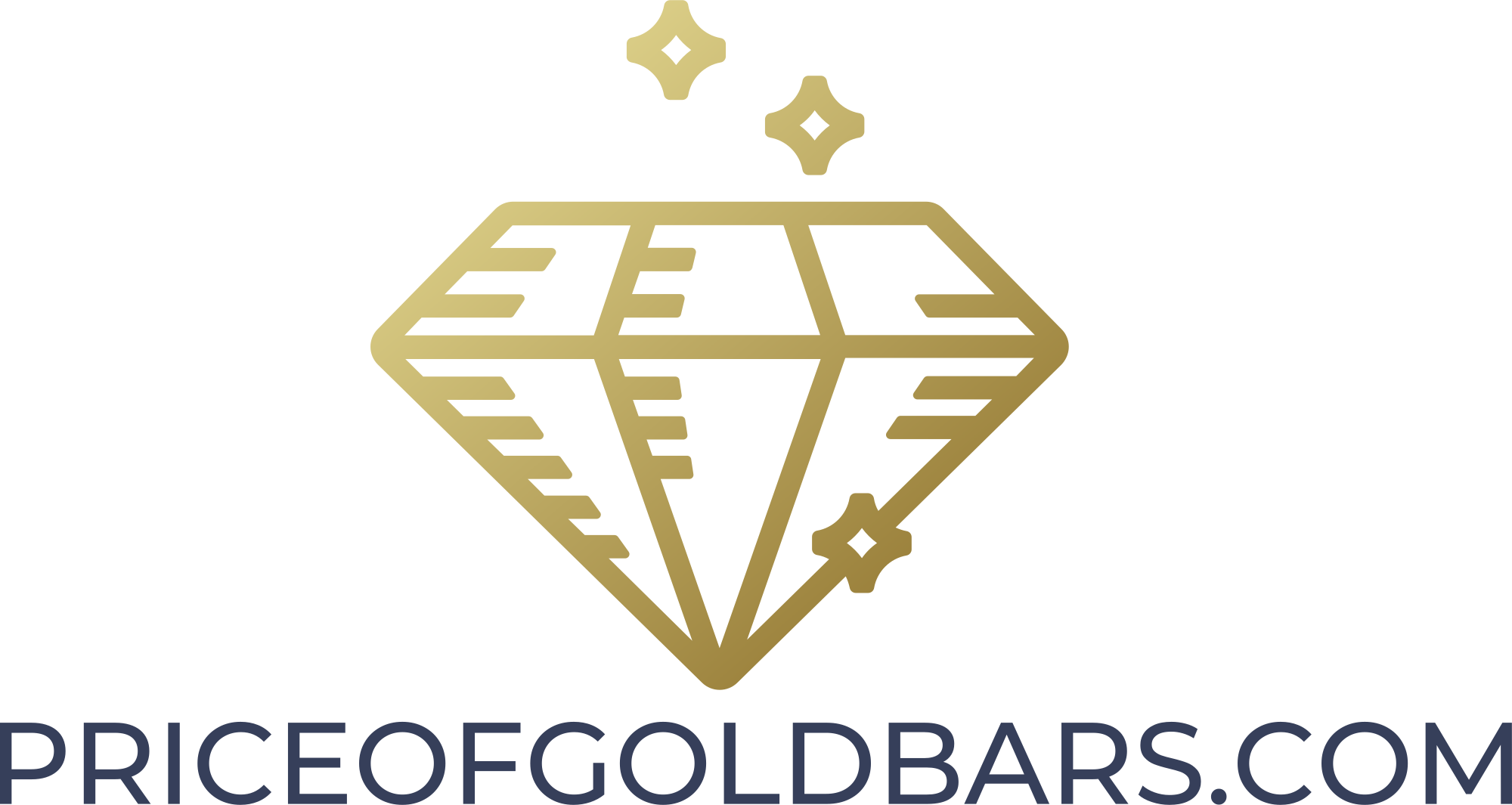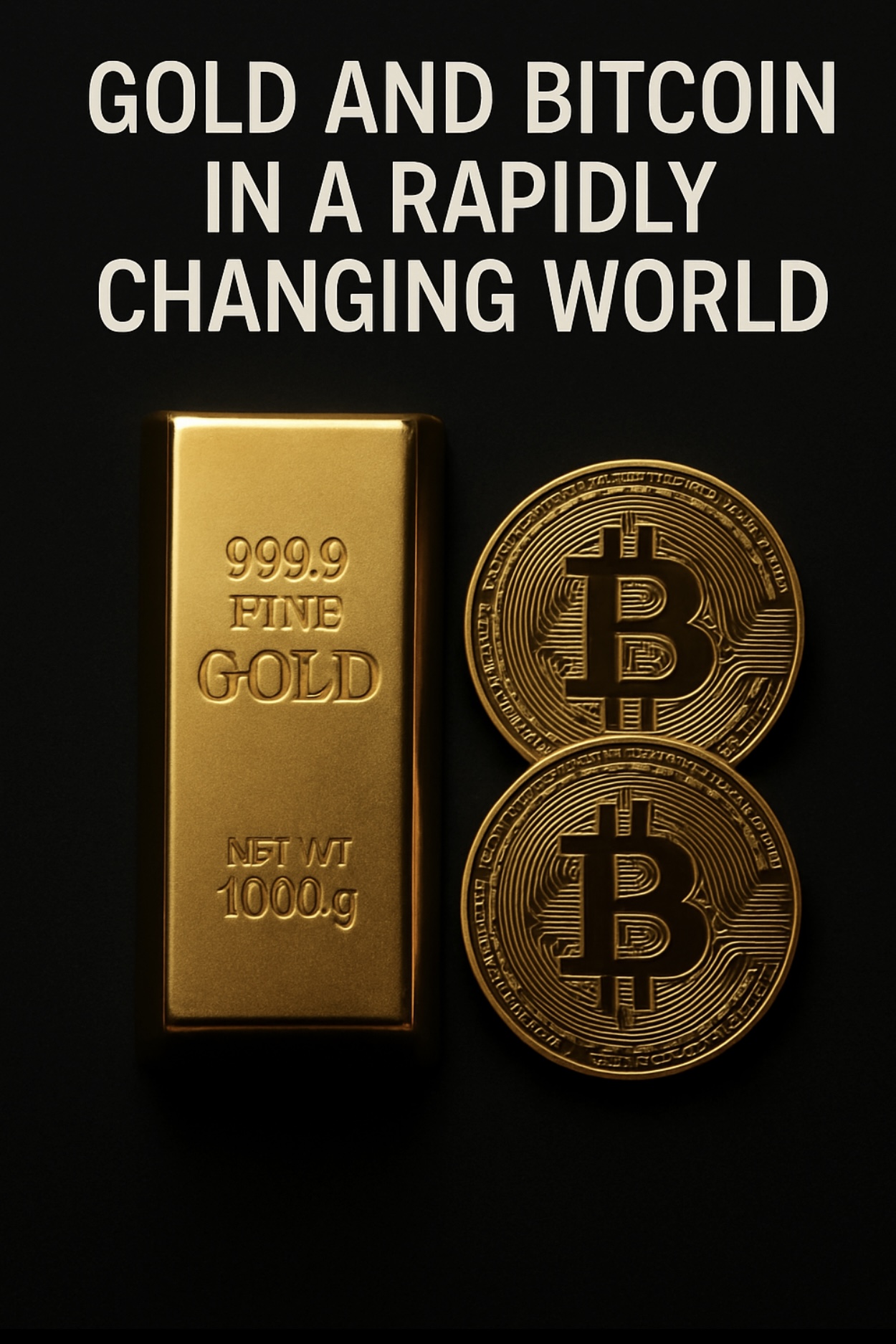Gold and Bitcoin in a Rapidly Changing World: Strategy, Forecasts & Global Implications
In today’s world of accelerating change, investors face a profound question: What assets will actually hold value in the next five years—and why? As global debt explodes, digital innovation rewrites the rules, and geopolitical alliances shift beneath our feet, two seemingly opposite assets—gold and bitcoin—have emerged not as rivals, but as essential components of a forward-looking investment strategy.
Let’s set ideology aside. This isn’t a gold vs. crypto debate. It’s about positioning yourself wisely in a world where the rules are being rewritten.
Investment Strategy in the Age of Volatility
Gold and bitcoin may come from different worlds—one ancient and physical, the other digital and decentralized—but they serve similar functions:
•Hedge against currency debasement
•Protection from centralized risk
•Escape valve from overleveraged fiat systems
A rational investment strategy today blends both:
•Gold for long-term capital preservation, stability, and wealth insurance
•Bitcoin for asymmetric upside, global liquidity, and frontier exposure
Allocations will vary depending on age, risk tolerance, and liquidity needs. But a balanced hard-asset approach may include:
•10–20% in gold bars or bullion
•2–10% in bitcoin or other digital assets
•Remaining diversified across real assets, dividend-yielding equities, and recession-resilient cash flow vehicles
Forecasts for the Next Five Years
What could gold and bitcoin do by 2030?
Gold:
With central banks continuing to accumulate at record pace, especially in the BRICS and Global South, many analysts foresee gold reaching $5,000–$10,000 per ounce, especially if a gold-linked trade settlement system emerges.
Bitcoin:
If capital flight from fiat currencies continues and adoption expands among institutions, Bitcoin could test the $250,000–$500,000 range—particularly if a U.S. spot ETF becomes a gateway for pension and sovereign funds.
Both assets benefit from one overarching trend: the decline of trust in traditional fiat systems.
Global Meaning in a Shifting Monetary Order
In the past, gold anchored monetary systems. Today, it may once again become the foundation of trade-backed currency alliances, especially as countries like China, Russia, and Brazil seek alternatives to the dollar-dominated system. A gold-backed digital currency—or even a gold-settled trade framework—could challenge the petrodollar and reshuffle global power dynamics.
Bitcoin, meanwhile, represents a people’s response—a decentralized alternative immune to central bank manipulation. In regions plagued by inflation, capital controls, or political repression, bitcoin is not a speculative play—it’s survival.
Together, these assets form a new monetary firewall:
•Gold defends against institutional risk.
•Bitcoin defends against state-level coercion.
•Fiat? It’s becoming the riskiest asset of all—especially in excess.
Implications for Investors & Nations
Expect the unexpected:
•New alliances may form around commodity-backed trade agreements
•Bitcoin adoption may quietly increase in authoritarian or hyperinflationary regimes
•Western central banks may be forced to re-evaluate gold reserves—and even consider partial revaluation to stabilize debt trajectories
For investors, this isn’t about choosing one over the other. It’s about building resilience in a world of systemic fragility.
Final Thought:
In a world spinning faster, bet on the assets that aren’t trying to keep up—just hold steady.
The world may evolve, but truth still needs anchors.
Gold. Bitcoin. Real assets.
They’re no longer fringe—they’re your new foundation.
Disclaimer: This post is for educational purposes only and does not constitute financial advice. Always consult a licensed professional before making investment decisions.

